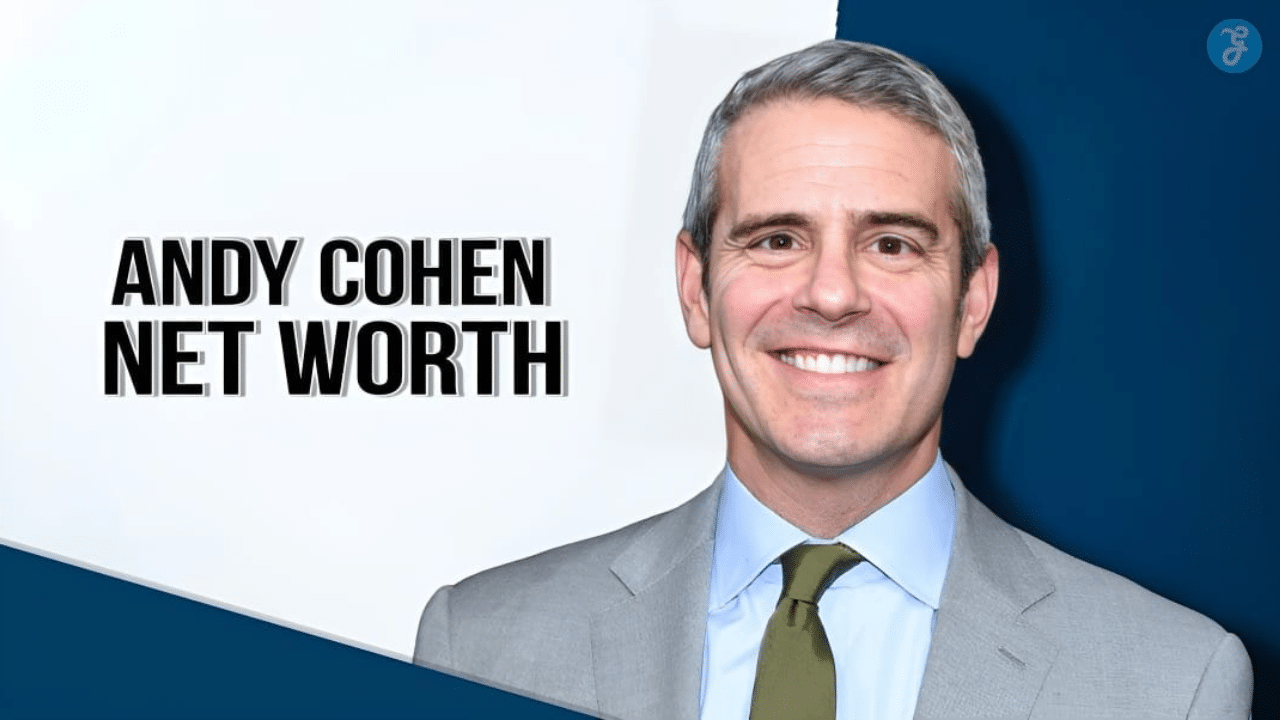The U.S. Food and Drug Administration (FDA) has granted approval to Neuralink, the brain-chip company founded by billionaire Elon Musk, to proceed with implanting its brain chip in a second patient.
This clearance comes after the company addressed a technical issue that occurred with the first implantation.
Issue with the First Implant
Earlier this month, Neuralink reported that the tiny wires of the brain chip implanted in their first patient had retracted from their intended position.
This setback was confirmed by sources who noted that the company was aware of similar issues from prior animal testing.
The wires, designed to interface with the brain’s neurons, are crucial for the device’s function and their displacement posed a significant challenge.
Proposed Solution
To resolve this problem, Neuralink plans to embed some of the device’s wires deeper into the brain.
This adjustment is expected to ensure better stability and functionality of the brain-chip interface.
The Wall Street Journal reported this solution, citing a person familiar with Neuralink’s operations and internal documents.
Future Plans and Trials
Neuralink is scheduled to implant its device in the second patient in June.
The company aims to extend this trial to a total of 10 patients within the year.
This ambitious goal reflects Neuralink’s commitment to advancing its brain-computer interface technology despite the initial setbacks.
In addition to the U.S. trials, Neuralink plans to submit applications to regulatory authorities in Canada and Britain to initiate similar trials.
These international trials could significantly broaden the scope and impact of Neuralink’s research and development efforts.
Neuralink’s Response and Progress
Neuralink did not immediately respond to requests for comment on the FDA approval or the technical issues encountered.
However, the company has previously shared promising updates.
In February, Neuralink reported that the first patient implanted with the brain chip was able to control a computer mouse using their thoughts, demonstrating the potential of their technology.
Surgical Procedure and Technology
The implantation procedure involves the use of a specialized surgical robot to precisely place the brain-computer interface implant.
The device is positioned in a region of the brain that controls the intention to move.
This innovative approach aims to restore movement and communication abilities in patients with severe neurological conditions.
Patient Registry and Demand
Interest in Neuralink’s technology is high, with more than 1,000 quadriplegics having signed up for the company’s patient registry.
This large number of potential participants underscores the demand for new treatments and solutions for individuals with severe physical disabilities.
Regulatory and Ethical Considerations
The FDA, while approving Neuralink’s second implant, has maintained its policy of not discussing or disclosing information related to any specific company’s human trial application.
This stance highlights the regulatory body’s commitment to confidentiality and the ethical considerations surrounding experimental medical procedures.
Implications and Future Outlook
The clearance for a second patient marks a significant milestone for Neuralink and the broader field of brain-computer interfaces.
Success in these trials could pave the way for revolutionary advancements in the treatment of neurological disorders and the enhancement of human cognitive abilities.
Neuralink’s efforts are closely watched by both the medical community and the public, as they represent the cutting edge of neurotechnology.
The ability to control devices with thought alone holds immense promise for improving the quality of life for individuals with disabilities and potentially transforming human-computer interaction.
As Neuralink continues its trials and addresses technical challenges, the world awaits further developments from this pioneering company.
The potential benefits of brain-computer interfaces are vast, and Neuralink’s progress will be a crucial indicator of the future direction of this groundbreaking field.
The Information is Collected from Reuters and Yahoo.








































